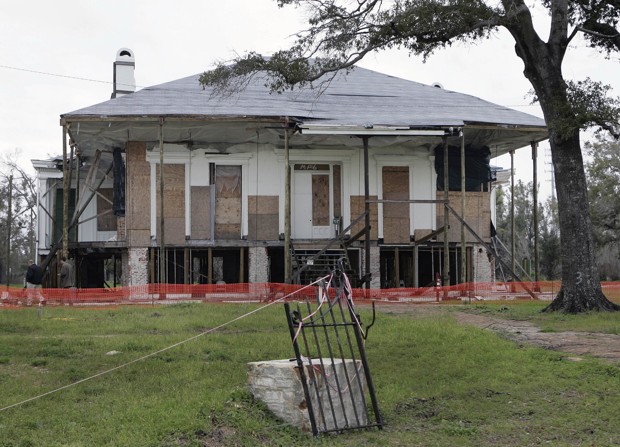The horrific Huruma building collapse, in which 23 people have so far been confirmed dead, has once again exposed Kenya's glaring ineptitude in dealing with disasters.
Four days after the seven-storey building fell to the ground like a deck of cards, rescue workers were still digging through the rubble, hoping against hope to pull another person out alive. Over 60 people are still unaccounted for and most are believed to be buried under the collapsed building. We are not in any way insinuating that it is easy to sift through the tonnes of concrete and metal to bring out the victims. In fact, we salute all those who have spent sleepless nights working hard to save lives. However, we are concerned because Kenya seems to have learnt little despite being a victim of very many disasters. One of these was the August 7, 1998 Al Qaeda bombing of the US Embassy in Nairobi, which killed 291 people and wounded about 5,000. Understandably, Kenya was clearly overwhelmed by the magnitude of the disaster and therefore the help of international rescue experts, among them the Israelis, was most welcome. The Israelis once again came to our rescue in 2006 when a building collapsed in downtown Nairobi killing 14 people. But these tragedies, and many others, have not taught us much.
Read more at: http://www.standardmedia.co.ke




